 |
 |
 |
 |
 |
 |
 |
 |
 |
 |
 |
 |
 |
 |
Heritage
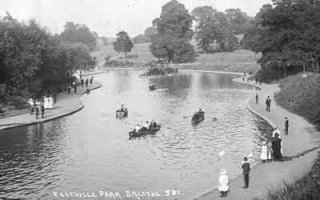 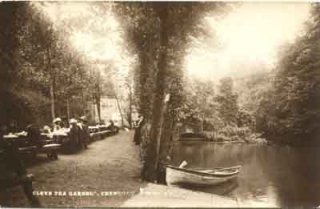
Boating on Eastville Park Lake (early 1900s) . . . . . . . . . . . . . . . . . Relaxing at the Tea Gardens by the Frome, Frenchay
Today the Frome Valley provides many beautiful places for people and wildlife. Popular places today, such as Eastville Park and Frenchay were also frequently visited by Victorian Bristolians for boating, fishing and relaxing in the tea gardens. Since the 13th Century the river has strongly influenced the industrial development of the region. The River Frome formed an important part of Bristolís port when the City became prosperous from the export and import trade. Many mills were also powered by the fast flowing Frome and Abraham Darbyís 18th Century Baptist Mills Works produced the first brass in Britain.
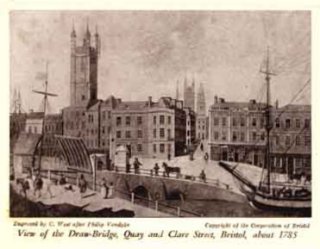 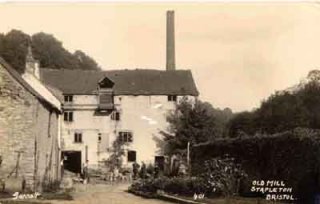
Ships and drawbridge at the bottom of Clare Street, Bristol c1785 .... Stapleton Mill on the Frome
The fast flowing River Frome cuts through many ridges of Pennant Sandstone, particularly between Winterbourne and Eastville where a number of mini gorges have been created. This grey or sometimes red stone is widely found in east Bristol and South Gloucestershire and exposures are often visible along the banks of the River Frome and at nearby local quarries.
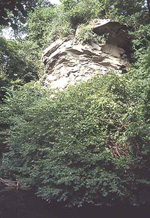 Many of the buildings, cottages, walls and bridges in and around the Frome Valley are constructed of Pennant Sandstone, which contributes to the local character of the area. Its main attraction as a building stone was that it was local (and therefore cheap to transport), durable, and was capable of being squared off into blocks relatively easily. Pennant Sandstone has been quarried in the valley since the 17th Century when small families rented the land to excavate the stone. It was particularly exploited to assist the rapid development of housing and industry during the Victorian era. Many of the buildings, cottages, walls and bridges in and around the Frome Valley are constructed of Pennant Sandstone, which contributes to the local character of the area. Its main attraction as a building stone was that it was local (and therefore cheap to transport), durable, and was capable of being squared off into blocks relatively easily. Pennant Sandstone has been quarried in the valley since the 17th Century when small families rented the land to excavate the stone. It was particularly exploited to assist the rapid development of housing and industry during the Victorian era.
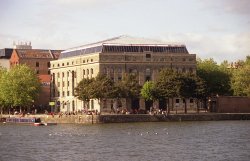
A number of prominent pennant sandstone buildings have helped to shape the character of the Frome valley:
1. The Arnolfini Gallery, the impressive square building on Bristolís harbourside at the mouth of the Frome, was converted in 1975 from what was originally the Bush House, a huge early Victorian warehouse.
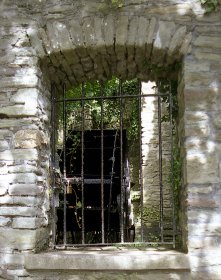
2. The Snuff Mill at Stapleton has been partly renovated by Bristol City Council and the working water mill can still be seen. Despite its name the Mill was mostly used for grinding corn in the 17th and 18th Century although later on it also powered a large saw for cutting blocks of Pennant Sandstone from the adjacent quarry.
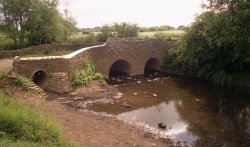
3. Nightingaleís Bridge crosses the Frome in Frampton Cotterell. Once used by pack horses it is now the only remaining arched bridge over the river out of three that used to exist along this section of the river.
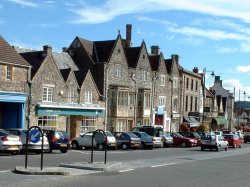
4. The historic town of Chipping Sodbury and its pretty High Street is strongly influenced by the wide range of Pennant Sandstone buildings that characterise the town centre.
|
|





